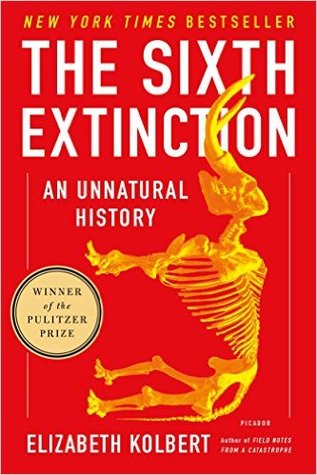More on this book
Community
Kindle Notes & Highlights
Read between
October 1 - October 13, 2024
Before humans emerged on the scene, being large and slow to reproduce was a highly successful strategy, and outsized creatures dominated the planet. Then, in what amounts to a geologic instant, this strategy became a loser’s game. And so it remains today, which is why elephants and bears and big cats are in so much trouble and why Suci is one of the world’s last remaining Sumatran rhinos. Meanwhile, eliminating the megafauna didn’t just eliminate the megafauna; in Australia at least it set off an ecological cascade that transformed the landscape. Though it might be nice to imagine there once
...more
In recent decades, though, it’s become increasingly clear that the Neanderthal went the way of the Megatherium, the American mastodon, and the many other unfortunate megafauna. In other words, as one researcher put it to me, “their bad luck was us.”
Even now, at least thirty thousand years after the fact, the signal is discernible: all non-Africans, from the New Guineans to the French to the Han Chinese, carry somewhere between one and four percent Neanderthal DNA.
One of the many unintended consequences of the Anthropocene has been the pruning of our own family tree. Having cut down our sister species—the Neanderthals and the Denisovans—many generations ago, we’re now working on our first and second cousins. By the time we’re done, it’s quite possible that there will be among the great apes not a single representative left, except, that is, for us.
With the capacity to represent the world in signs and symbols comes the capacity to change it, which, as it happens, is also the capacity to destroy it. A tiny set of genetic variations divides us from the Neanderthals, but that has made all the difference.
The director of a conservation group in Alaska once put it to me this way: “People have to have hope. I have to have hope. It’s what keeps us going.”
Were people simply heedless or selfish or violent, there wouldn’t be an Institute for Conservation Research, and there wouldn’t be a need for one.
Among the many lessons that emerge from the geologic record, perhaps the most sobering is that in life, as in mutual funds, past performance is no guarantee of future results. When a mass extinction occurs, it takes out the weak and also lays low the strong.
The anthropologist Richard Leakey has warned that “Homo sapiens might not only be the agent of the sixth extinction, but also risks being one of its victims.” A sign in the Hall of Biodiversity offers a quote from the Stanford ecologist Paul Ehrlich: IN PUSHING OTHER SPECIES TO EXTINCTION, HUMANITY IS BUSY SAWING OFF THE LIMB ON WHICH IT PERCHES.
The Sixth Extinction will continue to determine the course of life long after everything people have written and painted and built has been ground into dust and giant rats have—or have not—inherited the earth.


